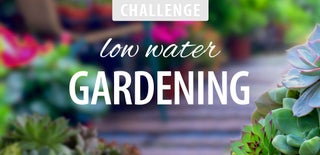Introduction: Miniature Self Watering Animal Pot
I thought it fun to create a miniature self watering pot. I wanted to create an awesome ornament that would also grow living plants in. This is a perfect low maintenance eco system that would make a wonderful gift.
Step 1: Frogs Body
I found some blue and green fimo and I thought that this would be the perfect material to make this pot out of. As I had green I thought I would make a frog. But if you have different colours then any animal would work. When sculpting the frog I found it really helped full to have lots of pictures of frogs as a reference. You should first get the shape of the frog before bending it over the glass jar. Then the frogs facial features should be sculpted. I found that a toothpick was a very useful tool to mark the fimo.
Step 2: Arms and Legs
Once the fimo was nice and warm from the heat of my hands it was much easier to sculpt. I rolled out the arms and legs then pinched them into shape. When sculpting and attaching onto the body you should think how a frog would climb up the glass.
Step 3: Rucksack
Next you have to make his little rucksack so hold the plant in. I made this from the blue fimo. First a small bowl was created to hold the plant. Then I put a hole in the bowl so the string could fit up it.
Step 4: Cooking the Frog
On the pack of fimo it had instructions for cooking so I followed the instructions by cooking it at 110C for 30 minuets. Warning: make sure that the glass isn't too cold as glass will crack if it has a quick temperature change. However apart from that it is completely safe. After it has finished cooking leave it to cool down completely.
Step 5: Eyes
To put the whites of the eyes on I used a white edding pen built for metal, glass or plastic. However you could use anything to draw them on including white paint or some white fimo. Then once that is dry use a black permanent marker or a black sharpie to draw the pupils.
Step 6: String
I wanted to see which string was most effective for transporting water. So I set up a small experiment and the centre white string was by far the best at transporting water. Once I selected the string I cut it to size and put it into the water.
Step 7: Growing
Then put in some seeds or put in a small plant and let it grow. I put in some cress but lots of different plants would work. As long as they are very small and only require a small amount of water.
Step 8: Finished!
Now you have a low water planter that looks really cool! This one is only small but you could make a larger one and I think I will probably make a larger one in the future. Hope you enjoyed reading :)

Runner Up in the
Low Water Gardening Challenge 2016













